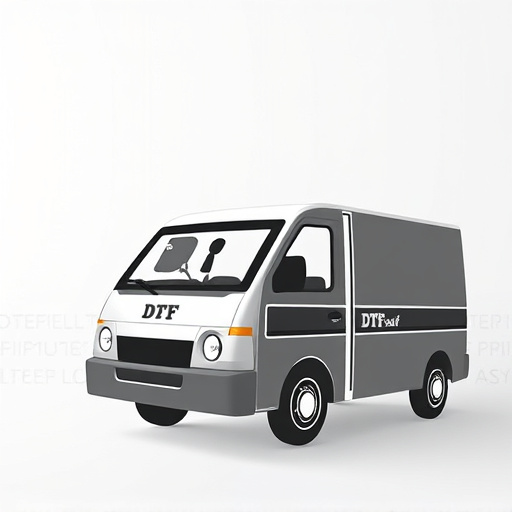Economy-tuned intake designs are key to improving vehicle performance by enhancing fuel efficiency up to 10%. These systems streamline airflow, ensuring engines receive optimal air for better combustion. Incorporating high-flow filters, engineered manifolds, and lightweight materials, they increase miles per gallon (MPG) and reduce fuel wastage. Advanced filters trap pollutants, prolonging engine lifespan and saving on fuel expenses. Investing in a best air intake for fuel efficiency MPG optimizes airflow dynamics, significantly boosting performance and appealing to eco-conscious drivers.
In today’s competitive automotive landscape, optimizing engine performance while enhancing fuel efficiency is paramount. One effective strategy gaining traction is the implementation of economy-tuned intake designs, particularly the best air intake systems for maximizing fuel efficiency (MPG). This article delves into the fundamentals of these innovative designs, explores their myriad benefits, and provides insights on designing and integrating efficient air intake systems, highlighting the best air intake for fuel efficiency MPG.
- Understanding Economy-Tuned Intake Designs: The Basics
- Benefits of Using Best Air Intake for Fuel Efficiency MPG
- Designing and Implementing Efficient Air Intake Systems
Understanding Economy-Tuned Intake Designs: The Basics

Economy-tuned intake designs are a key component in optimizing vehicle performance, particularly focusing on improving fuel efficiency and maximizing miles per gallon (MPG). These designs aim to streamline the air intake process, ensuring that the engine receives the optimal amount of cool, dense air for combustion. By reducing restrictions and minimizing pressure drops along the intake pathway, these systems enhance airflow efficiency, leading to better fuel burn and increased power output.
The best air intake for fuel efficiency typically involves high-flow air filters, carefully engineered intake manifolds, and efficient air distribution systems. Modern economy-tuned intake designs often incorporate materials that are lightweight yet durable, such as composite or plastic components, which help reduce overall vehicle weight. This combination of advanced engineering and lightweight materials contributes significantly to improved MPG, making these designs a popular choice for eco-conscious drivers seeking both performance and fuel savings.
Benefits of Using Best Air Intake for Fuel Efficiency MPG

The choice of a high-performance, best air intake system can significantly boost your vehicle’s fuel efficiency, measured in miles per gallon (MPG). This is because a well-designed air intake system optimizes airflow into the engine, allowing it to burn fuel more efficiently. By ensuring a steady and cool supply of air, these systems enhance combustion, resulting in reduced fuel wastage and improved MPG.
Moreover, the best air intakes often come with advanced filters that trap pollutants, ensuring cleaner air enters the engine. This not only improves efficiency but also extends the life of your engine by preventing debris from accumulating. Consequently, drivers can expect better overall performance and cost savings in fuel expenses over time.
Designing and Implementing Efficient Air Intake Systems

Designing and implementing efficient air intake systems is a key strategy to optimize vehicle performance and enhance fuel efficiency. The best air intake for fuel efficiency focuses on maximizing airflow while minimizing restrictions, ensuring that a rich supply of cool air reaches the engine. This involves carefully engineered components like air filters, pipes, and enclosures, all tailored to specific vehicle models. By reducing drag and optimizing air flow dynamics, these systems can significantly boost miles per gallon (MPG), making them an attractive option for eco-conscious drivers.
These efficient air intake designs consider factors such as temperature drop, pressure differentials, and the physical layout of the engine bay. Using advanced materials like synthetic media filters, which offer superior dirt-holding capacity without restricting airflow, can further improve performance metrics. Additionally, well-designed intakes can help manage underhood temperatures, contributing to overall engine health and longevity, ultimately leading to better fuel economy and reduced emissions.
Economy-tuned intake designs, as exemplified by the best air intake for fuel efficiency MPG, offer a compelling solution for enhancing vehicle performance and reducing fuel consumption. By optimizing airflow, these systems not only improve engine efficiency but also contribute to a greener and more sustainable future. Implementing efficient air intake systems is a strategic move for both automakers and individual drivers seeking to maximize their vehicle’s potential while minimizing environmental impact.














